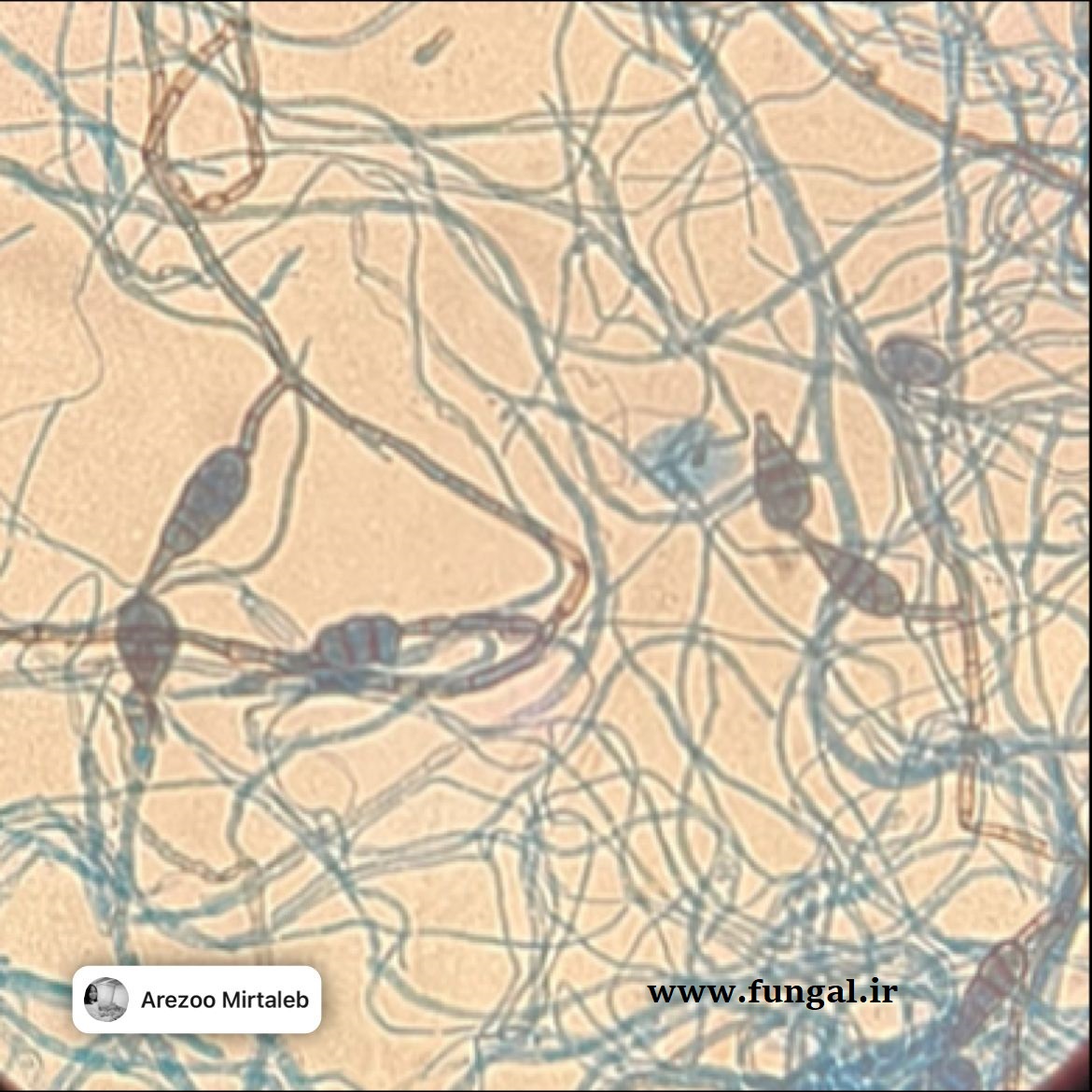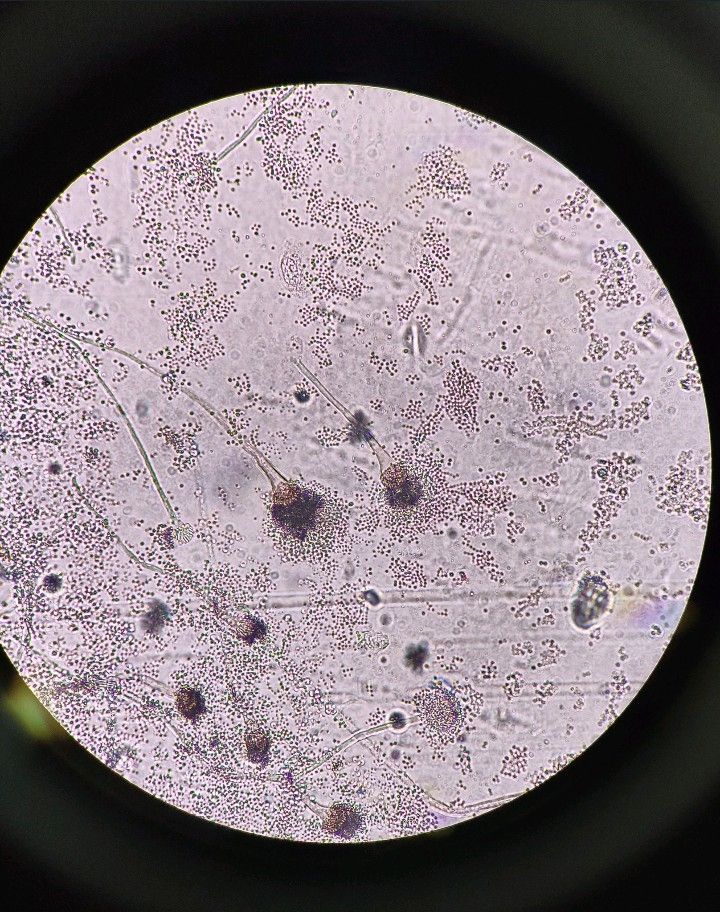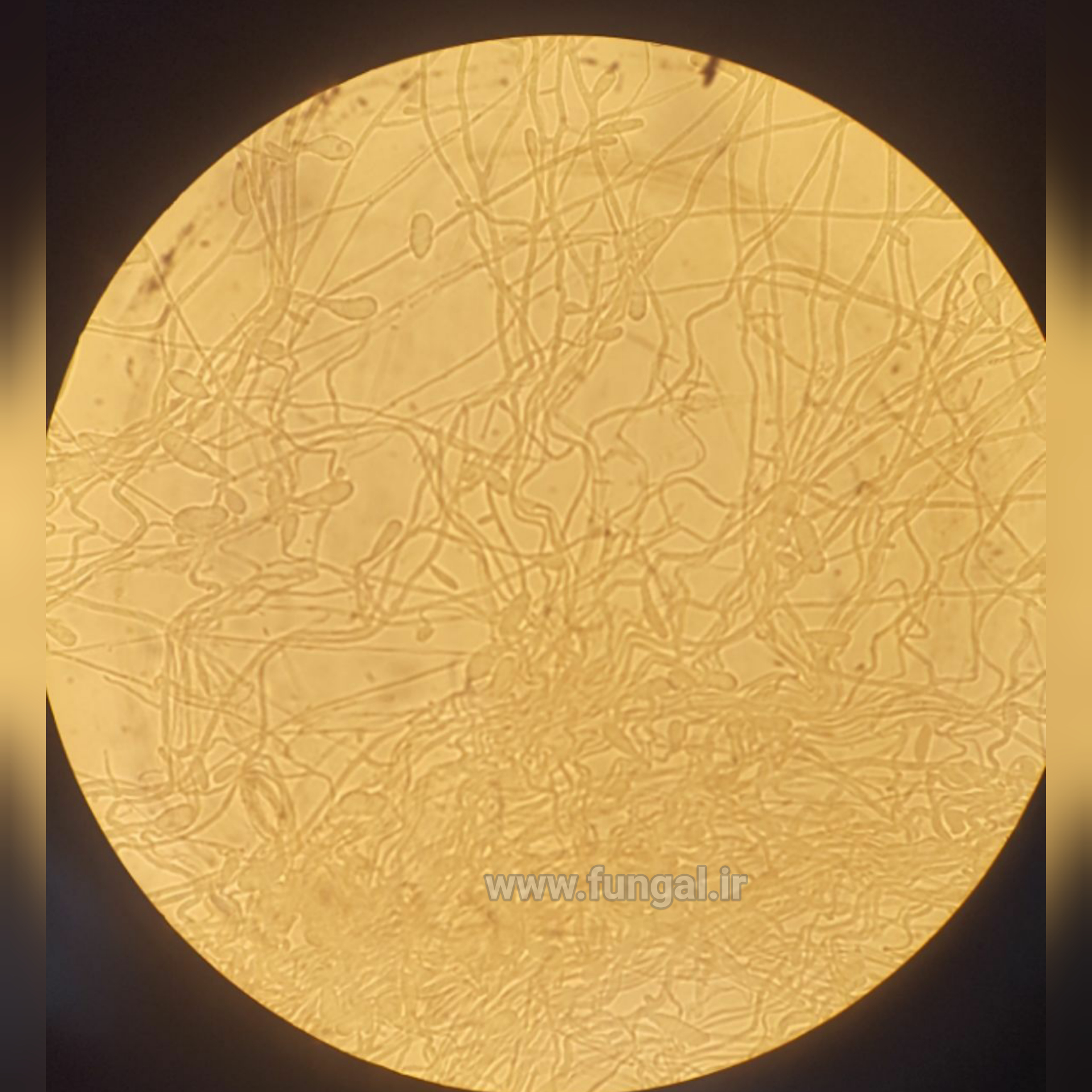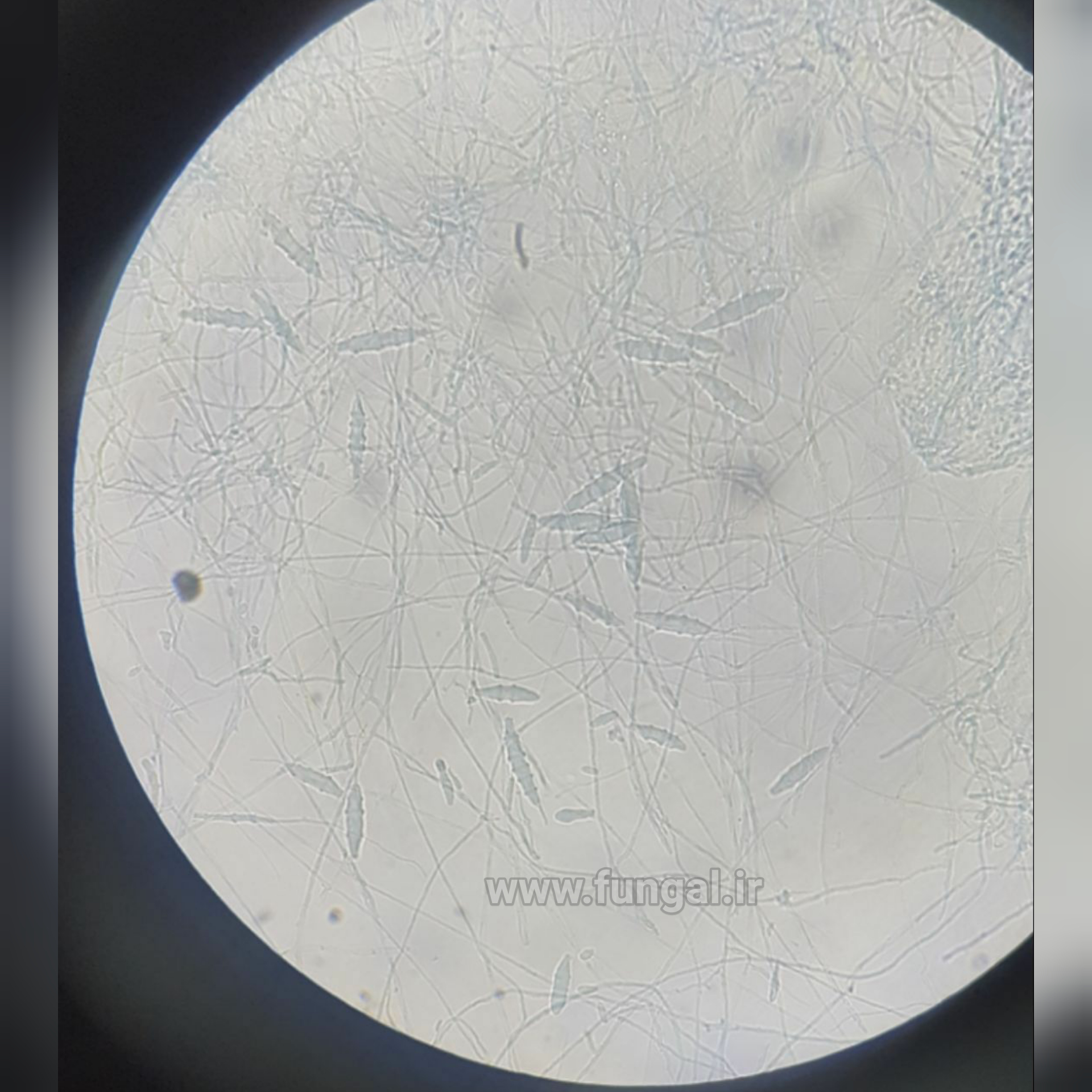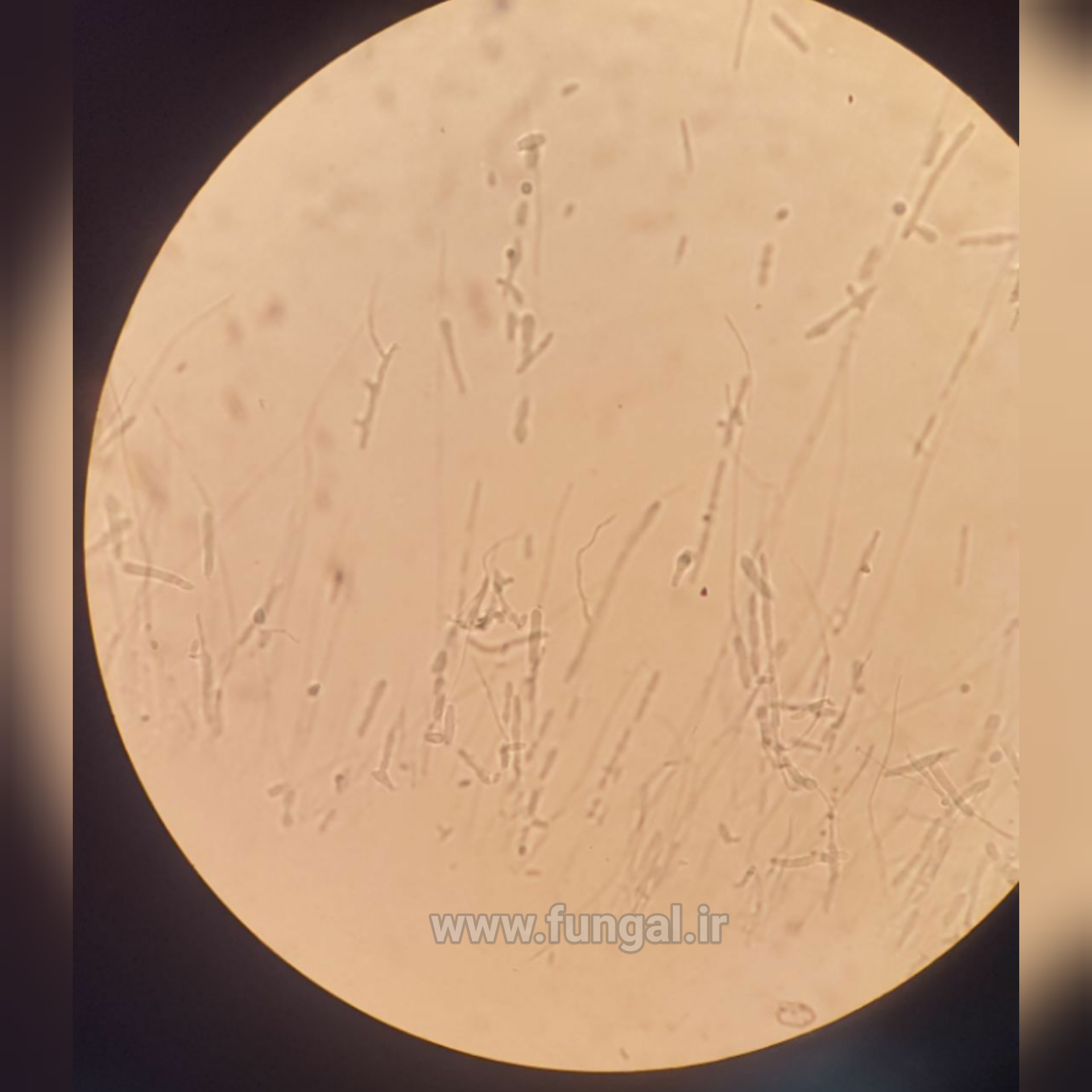Microsporum canis is a pathogenic, asexual fungus in the phylum Ascomycota that infects the upper, dead layers of skin on domesticated cats, and occasionally dogs and humans. The species has a worldwide distribution.
Microsporum canis reproduces by means of two conidial forms, large, spindle-shaped, multicelled macroconidia and small, single-celled microconidia.First records of M. canis date to 1902. Evolutionary studies have established that M. canis, like the very closely related sibling species M. distortum and M. equinum, is a genetic clone derived from the sexually reproducing species, Arthroderma otae.Members of Ascomycota often possess conspicuous asexual and sexual forms that can coexist in time and space. Microsporum canis exemplifies a common situation in ascomycetous fungi in which, over time, one mating type strain has undergone habitat divergence from the other and established a self-sustaining reproductive population that consists only of the asexual form. It is hypothesized that asexual lineage of Microsporum canis evolved as a result of host-specific interactions, changes in ecological niche, as well as, geographic isolation of + and – mating types of Arthroderma otae, hence making it difficult to sustain sexual reproduction. Early domestication of animals, such as cats and dogs, in Africa led to a later evolution of host-specific fungus, Microsporum canis, which is commonly associated with loose fur animals. Nearly all reported isolates of Microsporum canis represent the "–" mating strain of A. otae.Together with two closely related taxa, M. ferrugineum and M. audouinii, the clade is thought to have an African center of origin.
📸Dominik Łagowski
www.fungal.ir








